Optimal Timing for Car Fumigations
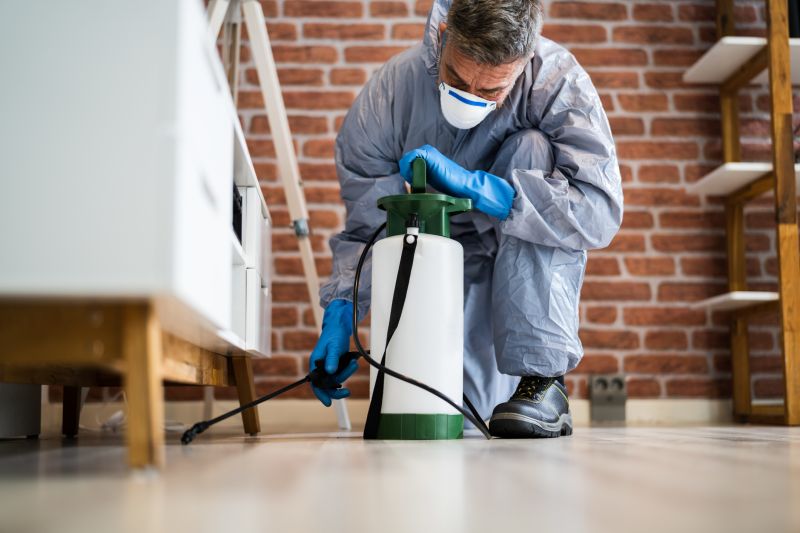
Spring is an optimal time for fumigations due to increasing pest activity and favorable weather conditions.

Summer requires careful planning as high temperatures can affect fumigation effectiveness and safety protocols.

Fumigations during autumn and winter are suitable for pest prevention and preparing vehicles for storage.
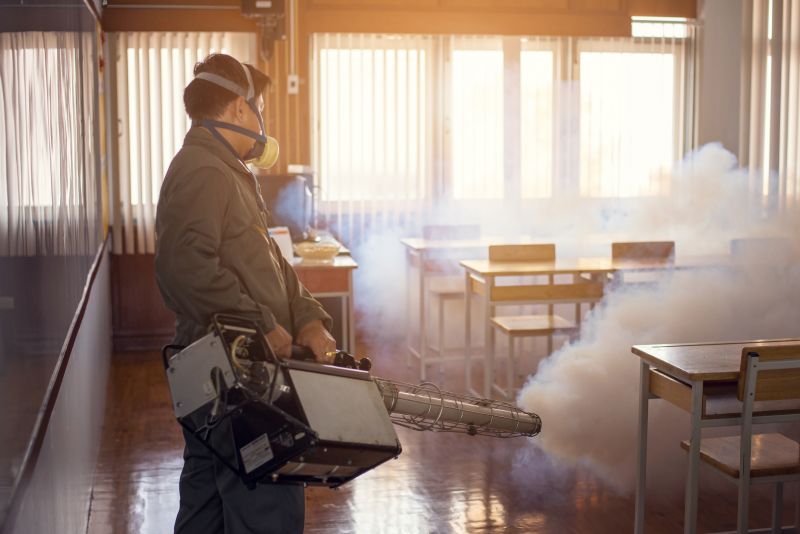
Ways to make Car Fumigations work in tight or awkward layouts.

Popular materials for Car Fumigations and why they hold up over time.

Simple add-ons that improve Car Fumigations without blowing the budget.
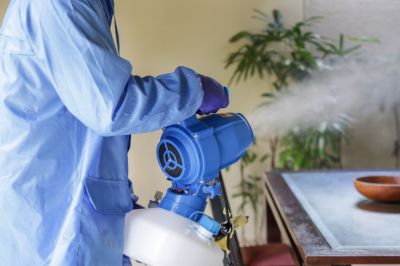
High-end options that actually feel worth it for Car Fumigations.
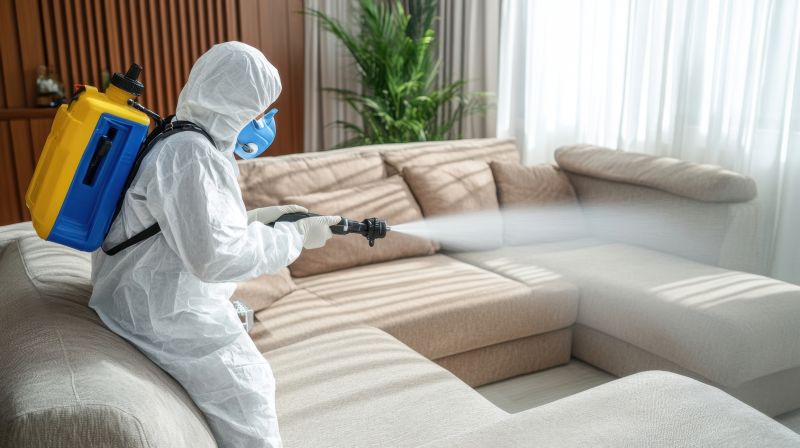
Finishes and colors that play nicely with Car Fumigations.
Car fumigations are a vital part of pest management, especially in regions prone to infestations by insects or rodents. Proper timing ensures maximum effectiveness and minimizes risks associated with pest activity. Fumigation involves the application of chemical agents designed to eliminate pests within vehicles, often requiring specific environmental conditions for safety and efficiency.
Statistics indicate that pest activity peaks during warmer months, making spring and early summer the most effective periods for fumigations. Regular treatments can significantly reduce the likelihood of infestations, which can cause damage to vehicle wiring, upholstery, and other components. Planning fumigations around seasonal pest cycles enhances protection and maintains vehicle integrity.
The optimal time for fumigation is during periods of increased pest activity, typically spring and early summer, when pests are most active.
Pest populations tend to rise in warmer months, making timely fumigations essential for prevention.
Weather conditions such as temperature and humidity influence fumigation effectiveness and safety.
Fumigating vehicles before storage in autumn or winter can prevent pest buildup during inactive seasons.

Specialized tools and chemicals are used to ensure thorough pest elimination.

Preparation steps include cleaning and sealing the vehicle for effective fumigation.

Timely fumigations help prevent costly repairs caused by pests.

Proper application techniques maximize pest eradication and safety.
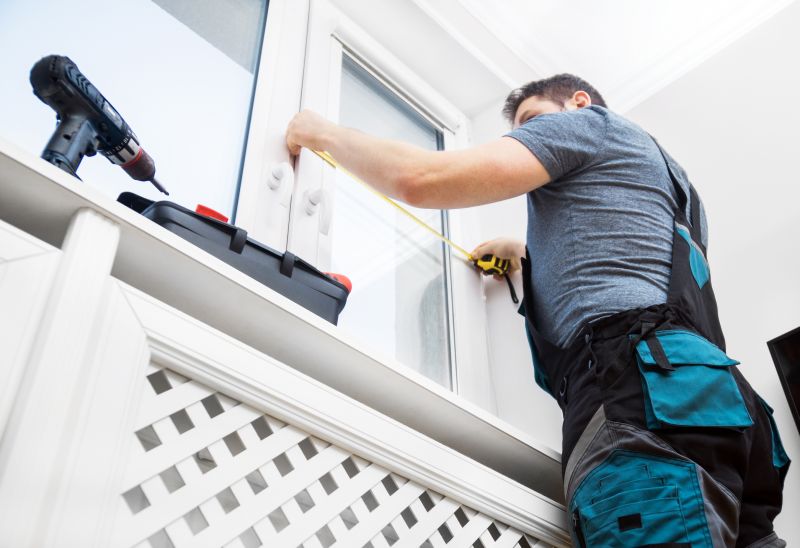
Little measurements that prevent headaches on Car Fumigations day.
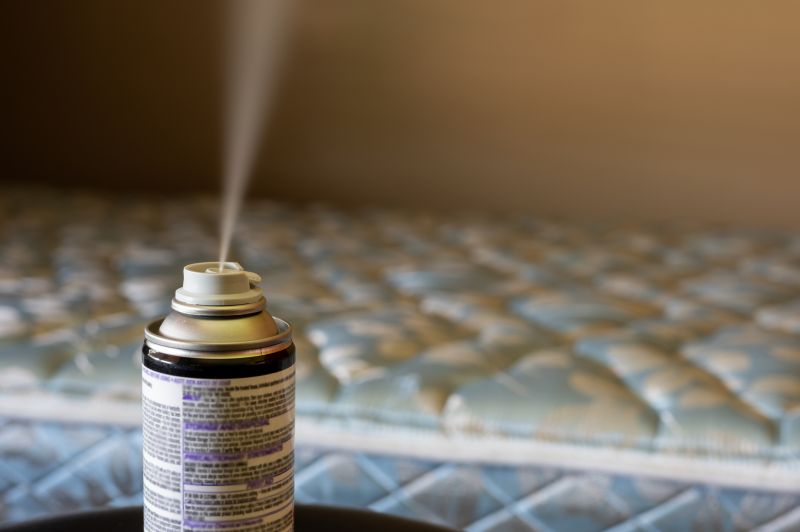
A 60-second routine that keeps Car Fumigations looking new.
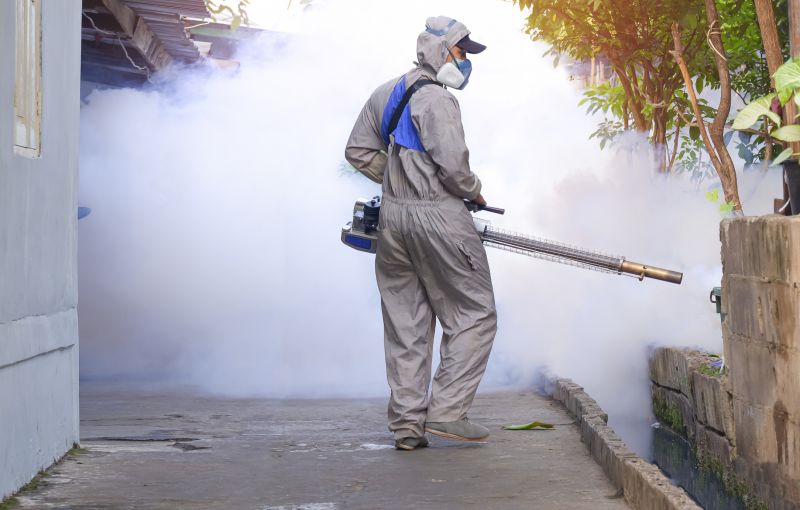
A frequent mistake in Car Fumigations and how to dodge it.
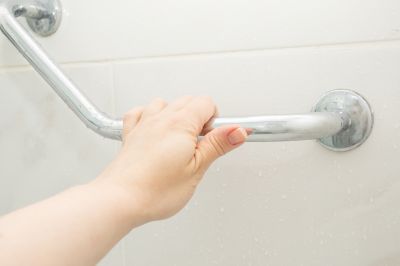
Small tweaks to make Car Fumigations safer and easier to use.
| Season | Ideal Fumigation Timing |
|---|---|
| Spring | Early spring when pests begin to emerge |
| Summer | Mid to late summer during peak pest activity |
| Autumn | Before vehicle storage in fall |
| Winter | Post-holiday season for pest prevention |
| Year-round | In regions with constant pest presence |
Car fumigations are a proactive approach to pest control, helping to safeguard vehicles from infestations that can cause structural damage and health hazards. Timing plays a crucial role in ensuring the treatment's success, with seasonal considerations aligning with pest life cycles and environmental conditions.
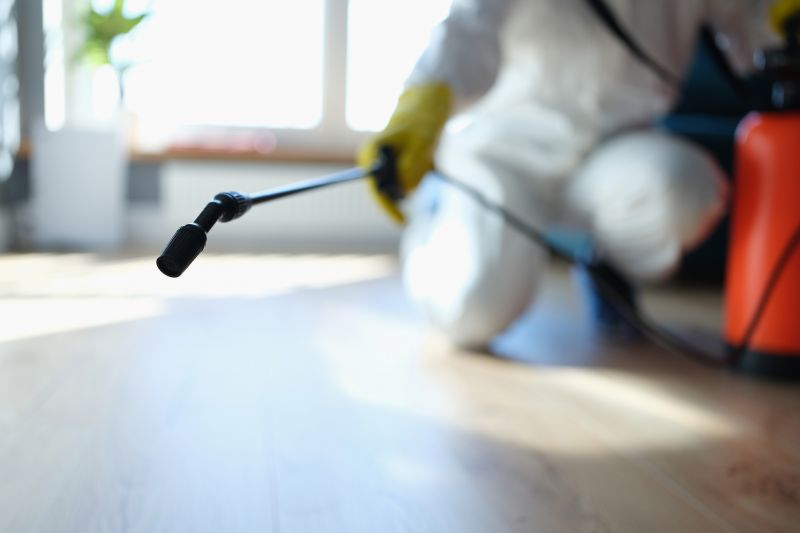
The process involves sealing the vehicle and releasing fumigants to penetrate all areas.

Proper safety protocols are followed during fumigation to protect personnel and vehicle occupants.
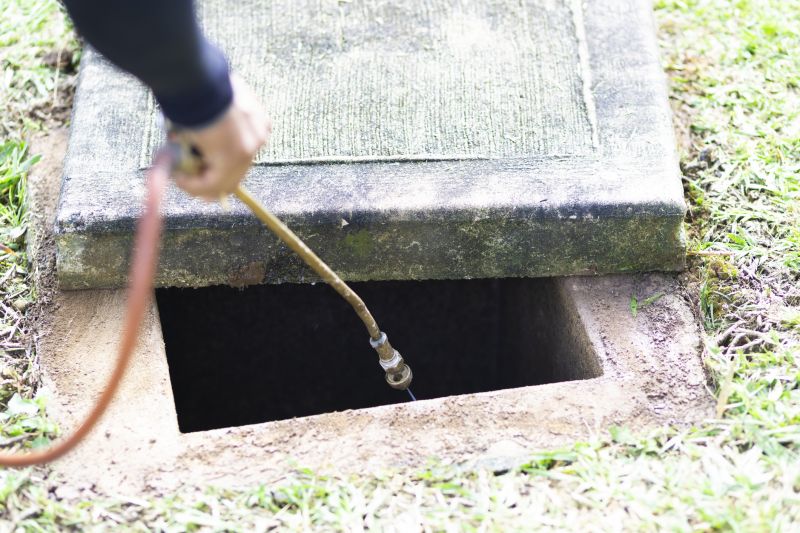
Vehicles are ventilated thoroughly after treatment to ensure safety before use.
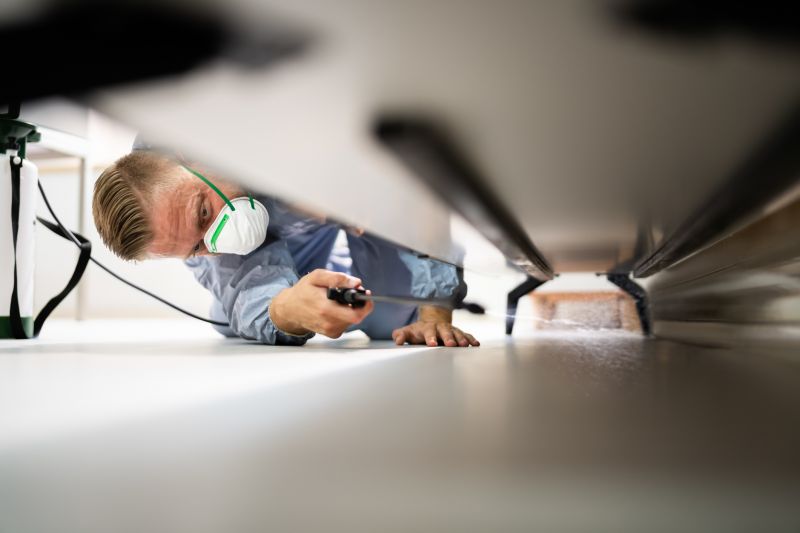
Regular inspections help determine the optimal timing for future fumigations.
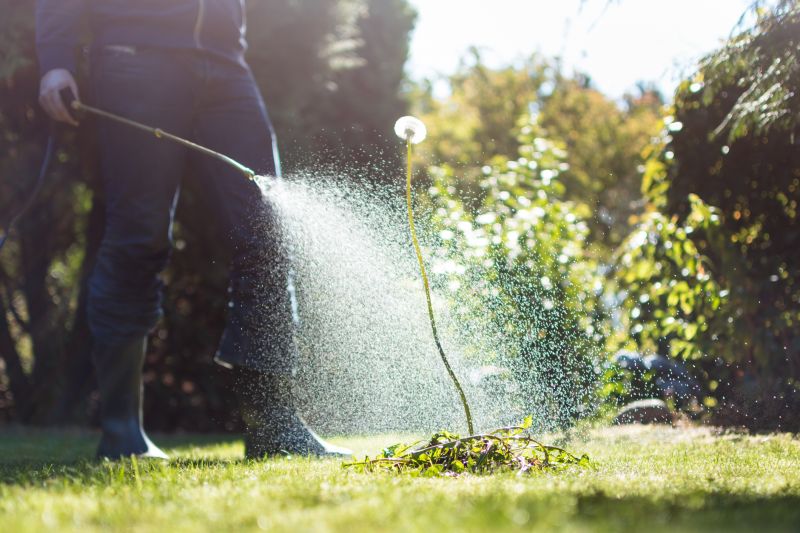
Lower-waste or water-saving choices for Car Fumigations.
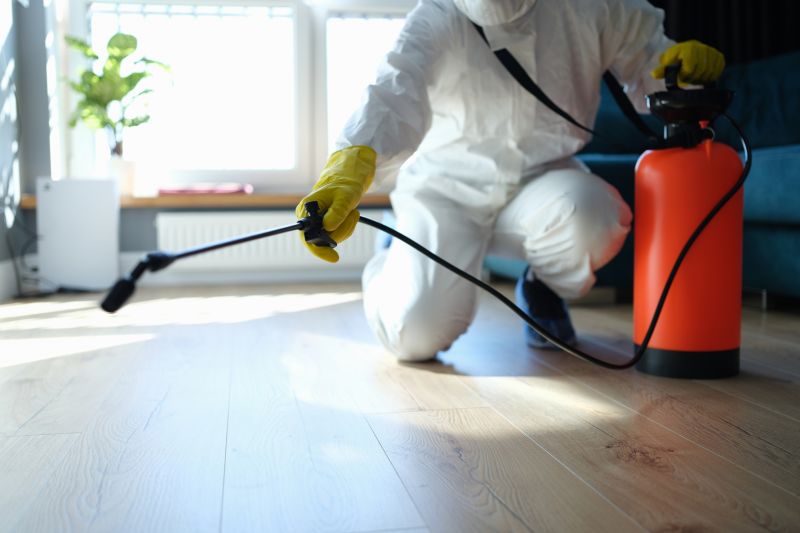
The short, realistic tool list for quality Car Fumigations.

Rough timing from prep to clean-up for Car Fumigations.
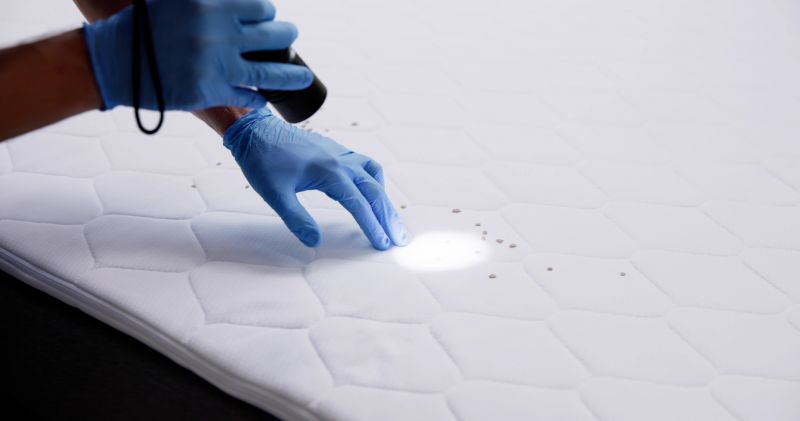
Quick checks and paperwork to keep after Car Fumigations.
Interested parties are encouraged to contact for more information about scheduling car fumigations. Proper timing and execution are essential for effective pest management, ensuring vehicles remain pest-free and in good condition.
